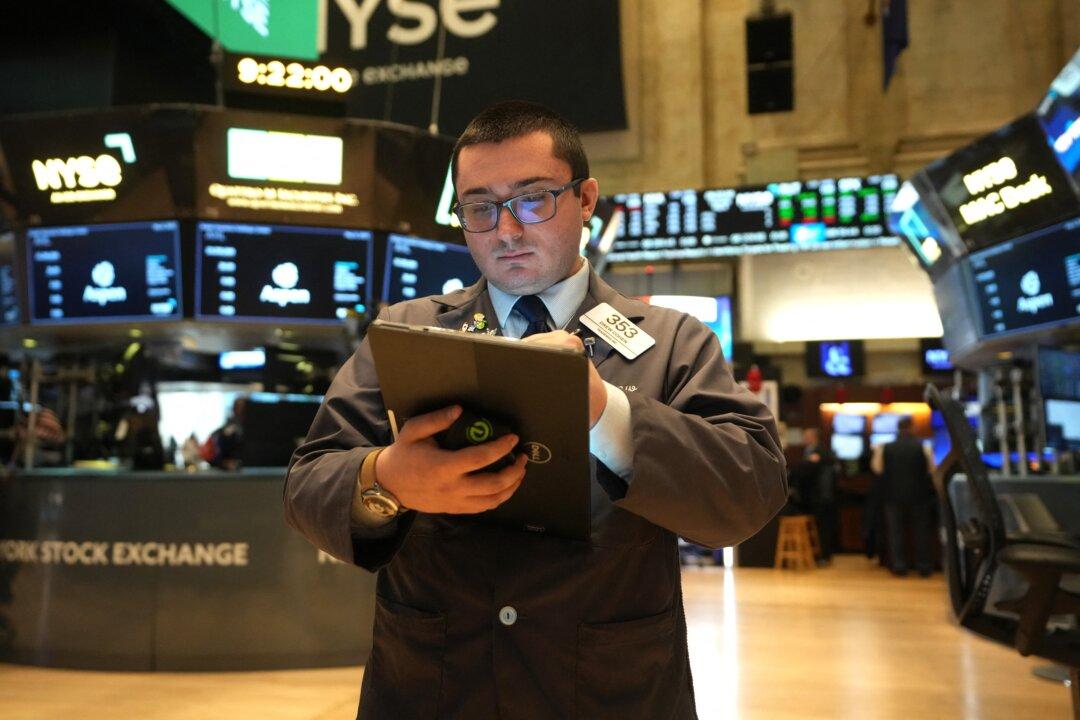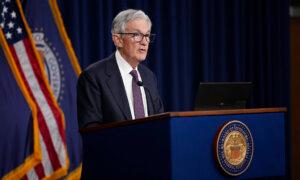U.S. stocks edged slightly lower this week, ending a nine-day winning streak that pushed the S&P 500 Index and Dow Jones Industrial Average within 5 percent of their all-time highs last fall. Market activity was dominated by headlines on monetary and trade policies, overshadowing the ongoing flow of earnings.
The S&P 500 ended May 9 at 5,659, down by 0.47 percent for the week. The Dow fell by 0.16 percent to close at 41,249. The Nasdaq dropped by 0.27 percent to 17,928, while the Russell 2000 rose by 0.12 percent to close at 2,023.
Industrial conglomerate Rockwell Automation (ROK) was another standout. Its share price soared by 16.22 percent after it reported strong financial results.
A third winner was Advanced Micro Devices (AMD), whose share price rose by 4.05 percent for the week on strong revenue and earnings driven by growth in its data center business segment.
Because of earnings and pricing concerns, pharmaceutical and health care stocks—led by Vertex Pharmaceuticals (VRTX)—were among the week’s losers. Vertex share prices fell sharply on May 6 after the company reported lower-than-expected first-quarter earnings. Share prices of Regeneron Pharmaceuticals (REGN) and Gilead Sciences (GILD) declined, while UnitedHealthcare (UNH) extended its losing streak from the previous two weeks following disappointing results.
Trade during the week was volatile, with the Chicago Board Options Exchange Volatility Index rising early in the week ahead of the Federal Reserve meeting and easing toward the end. Bullish and bearish traders were caught between positive and negative Fed headlines, mixed economic reports, and trade developments, with neither side gaining the upper hand.
Stocks opened lower on the morning of May 5 on profit-taking after nine consecutive days of gains. However, trading turned volatile as the “buy-the-dip” crowd helped the market recover by May 6, with prices moving sideways ahead of the Fed’s policy announcement on May 7.
That turned out to be a non-market-moving event. As expected, the nation’s central bank left interest rates unchanged, citing a resilient economy operating near its dual mandate of price stability and maximum employment. However, it kept the door open for rate cuts in the latter half of the year if the economy weakens and inflation continues to ease.
Natalie Hwang, founding managing partner of Apeira Capital, said the Fed’s restraint in changing policy reflects the complexity of today’s macroenvironment.
“We’re in a moment where policy caution is prudent,” she told The Epoch Times via email.
“For private markets, meaningful shifts in exit activity will require more than rate stability—they depend on a broader recovery in market confidence, sustained earnings growth, and greater clarity on inflation trajectories.”
Robert Frick, corporate economist at Navy Federal Credit Union, said he believes that rate cuts seem increasingly unlikely because of the Fed’s heightened concern about inflation driven by tariffs.
“Despite the markets’ expectations for three cuts this year, the Fed’s main goal is keeping a lid on inflation as best it can, and that will take precedence over rising unemployment, which it also foresees,” he told The Epoch Times via email.
“Economists generally believe tariffs will increase [the consumer price index] to 3.5 percent and 4 percent, but they underestimated inflation caused by Covid-era supply chain disruptions.”
However, these concerns eased on May 8 after headlines from Washington reported a trade deal with the UK, helping equities rally before tapering off on May 9 ahead of U.S.–China trade talks over the weekend in Switzerland.
Emily Bowersock Hill is CEO and founding partner of Bowersock Capital Partners in Lawrence, Kansas, with $850 million in assets under management. She said she expects investors to continue their retreat from economically sensitive sectors.
She told The Epoch Times that the Fed is unlikely to lower rates until after July 8, when the 90-day tariff pause ends.
Hill has a year-end target price of 6,000 for the S&P 500.
“This is down substantially from where we started the year, but it is almost 6 percent above the current price,” she said.
“If we are right, we will end the year with low single-digit returns for the U.S. stock market. This gain would not be surprising given the outsized returns in 2023 and 2024. We expect this natural reversion to the mean with continued significant volatility.”







